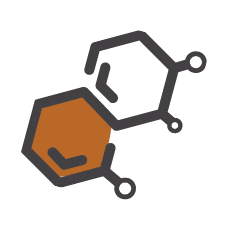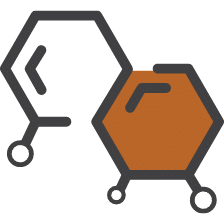Nearly one in four people who struggle with opioid use pursue treatment, and that number is growing as more options become accessible.
When exploring opioid rehab programs, it’s important to consider several factors to ensure you or a loved one receives the right care. For personalized guidance, contact Arizona IOP admissions team today.






